On the Path to Meeting
Charles remained in his hometown of St. Louis until late 1938. In Missouri, he studied architecture at Washington University (he never finished the program because of his too-progressive ideologies), practiced architecture in a partnership with Robert Walsh, and was married with a newborn daughter. With Walsh, Charles built two churches in Arkansas and four homes in the St. Louis area. Esteemed architect Eliel Saarinen took note of Charles’s work and invited him to complete a fellowship at the Cranbrook Academy of Art in Bloomfield Hills, Michigan. Quickly, this fellowship turned Charles into the school’s first director of the industrial design program. After a short time at Cranbrook, Charles became fast friends with Eero Saarinen and other budding architects and designers, plus, his marriage began to dissolve.
Ray held an early interest in fashion design, theatre, and the arts, and left her hometown of Sacramento for New York to attend the Bennett School for Girls. In 1933, Ray moved to Manhattan. Although she entertained the idea of studying engineering in the city, she remained enamored by the many media of art and its social circles. Ray enrolled in Hans Hofmann’s painting school, taking courses with him for six years from 1933 until 1939, and became a founding member of the American Abstract Artists group. When Ray’s mother fell ill, she cared for her in Florida. During this time away from the easel and New York City, Ray applied to Cranbrook in an effort to expand upon her artistic language.
“Any time one or more things are consciously put together in a way that they can accomplish something better than they could have accomplished individually, this is an act of design.”
Charles Eames

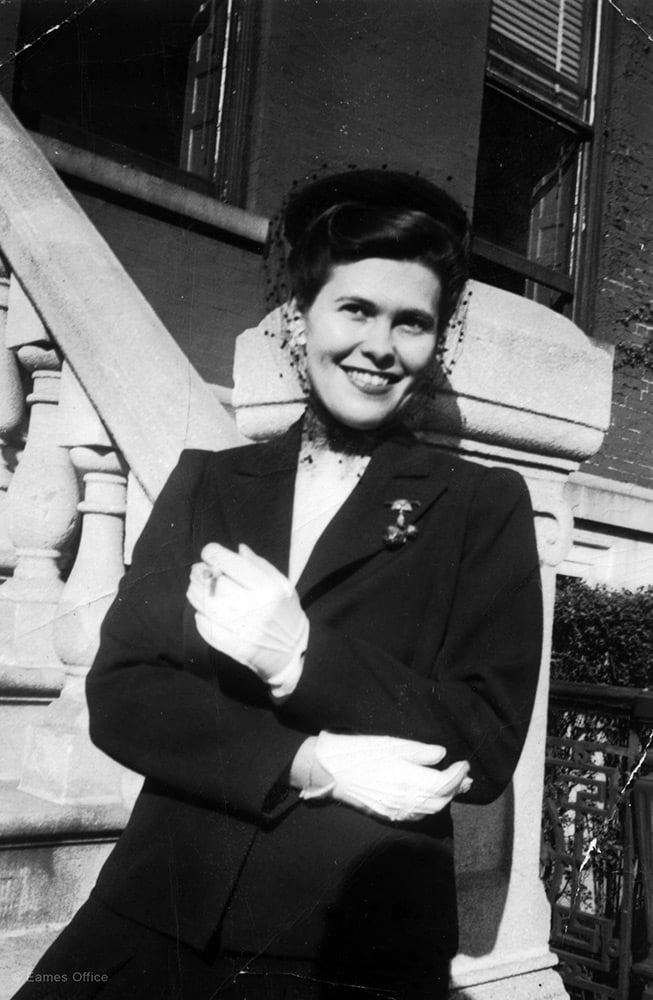
The Early Years Together
It was at Cranbrook Academy of Art where Charles and Ray’s lives and work began to intertwine. Their courtship lasted only a few months, sparked by Ray’s assistance in Charles and Eero Saarinen’s entry into MoMA’s “Organic Design in Home Furnishings” design competition. Immediately following their marriage in June of 1941, Charles and Ray optimistically moved to Los Angeles, bursting with exuberance for one another and their potential future in the arts and design. Before finding ample office space, the Eameses utilized the spare bedroom in their Neutra-designed apartment to experiment with molding plywood into complex furniture forms. When World War II unfolded, they pivoted this plywood manufacturing to, as Ray recalled, “aid in the war efforts without hurting anyone.” With funding from the U.S. Navy, the Eameses, alongside a small staff, manufactured leg splints, body litters, and aircraft parts. From these beginnings, they founded and operated the Eames Office, a design entity responsible for four decades of design in myriad subjects.
“A key reason for the timelessness of Eames designs may be that [Charles and Ray] were not merely attracted to traditional art, but went a step further and developed a way of designing that echoed, in an unpretentious way, the traditional processes they respected.”
Eames Demetrios, An Eames Primer
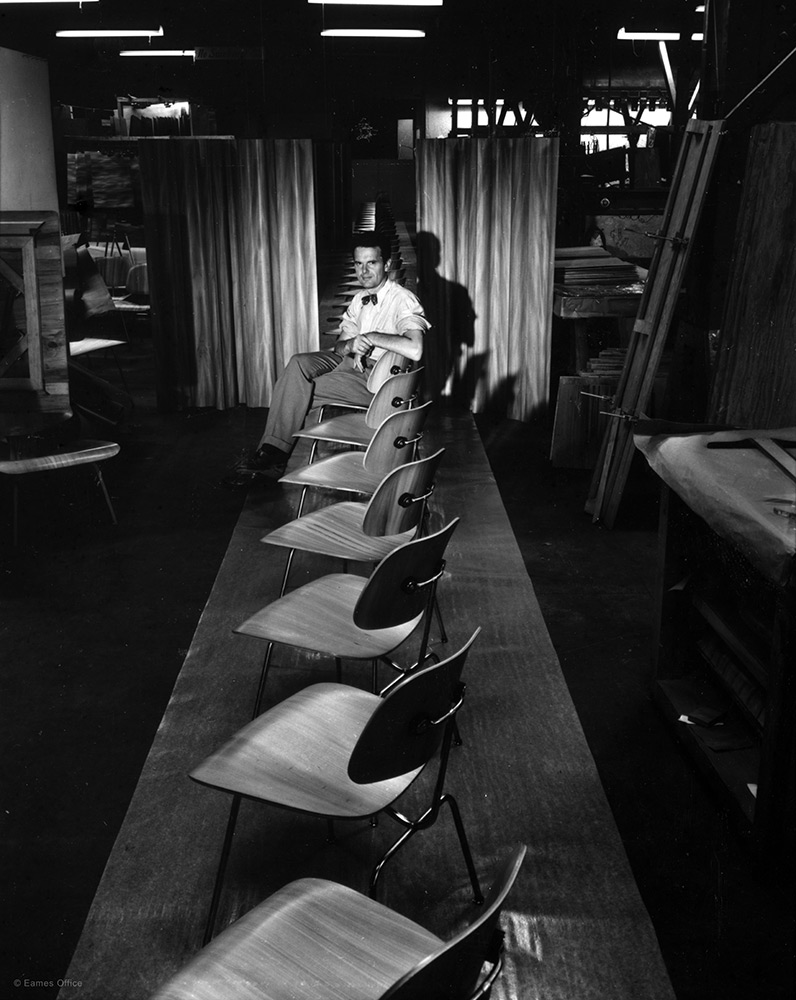
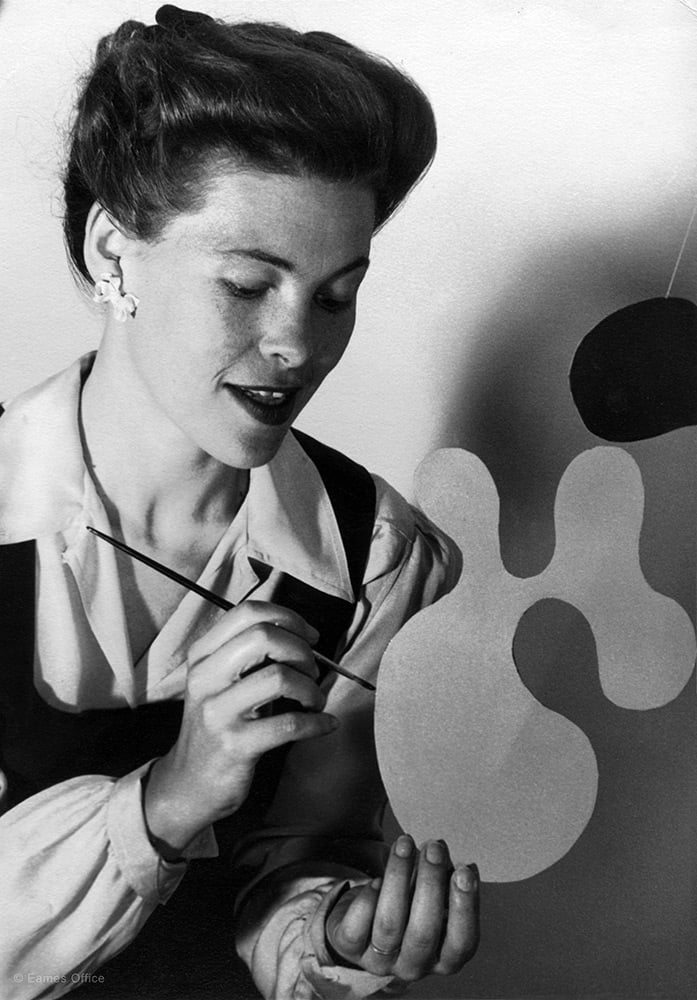
Founding the Eames Office
The heart and the mind were actively at work inside Charles, Ray, and the Eames Office environment. The Office missioned to produce high-quality products from readily available, often industrial, materials to the masses. Every object had what Charles called a “way-it-should-be-ness.” Projects were modeled repetitively in an iterative fashion until the final result was revealed to the public (and often improved upon even after the first editions made it to the assembly line). There was an undeniable intuition for the rightness of particular forms, colors, and finishing details. Further, Ray declared, “What works good is better than what looks good, because what works good lasts.” Open, curious eyes also led the Eameses into storytelling and educational pursuits. They gave impassioned lectures, designed international exhibitions, and created unique methods of communication with one of their most beloved tools: the camera. Although there is a common tendency to assign individual credit to specific elements or categorize their efforts based on gender, Charles and Ray’s visions were enmeshed, functioning as one entity.
“Just observing Charles’s behavior, from his work ethic and his reactions to ideas, ensured that everyone who worked there rose to his or her highest levels of performance. Charles Eames’s urgency about quality may be his greatest contribution. The standards of quality he exemplified must become the standards to which we all aspire.”
Former Eames Office staff member Peter Pearce
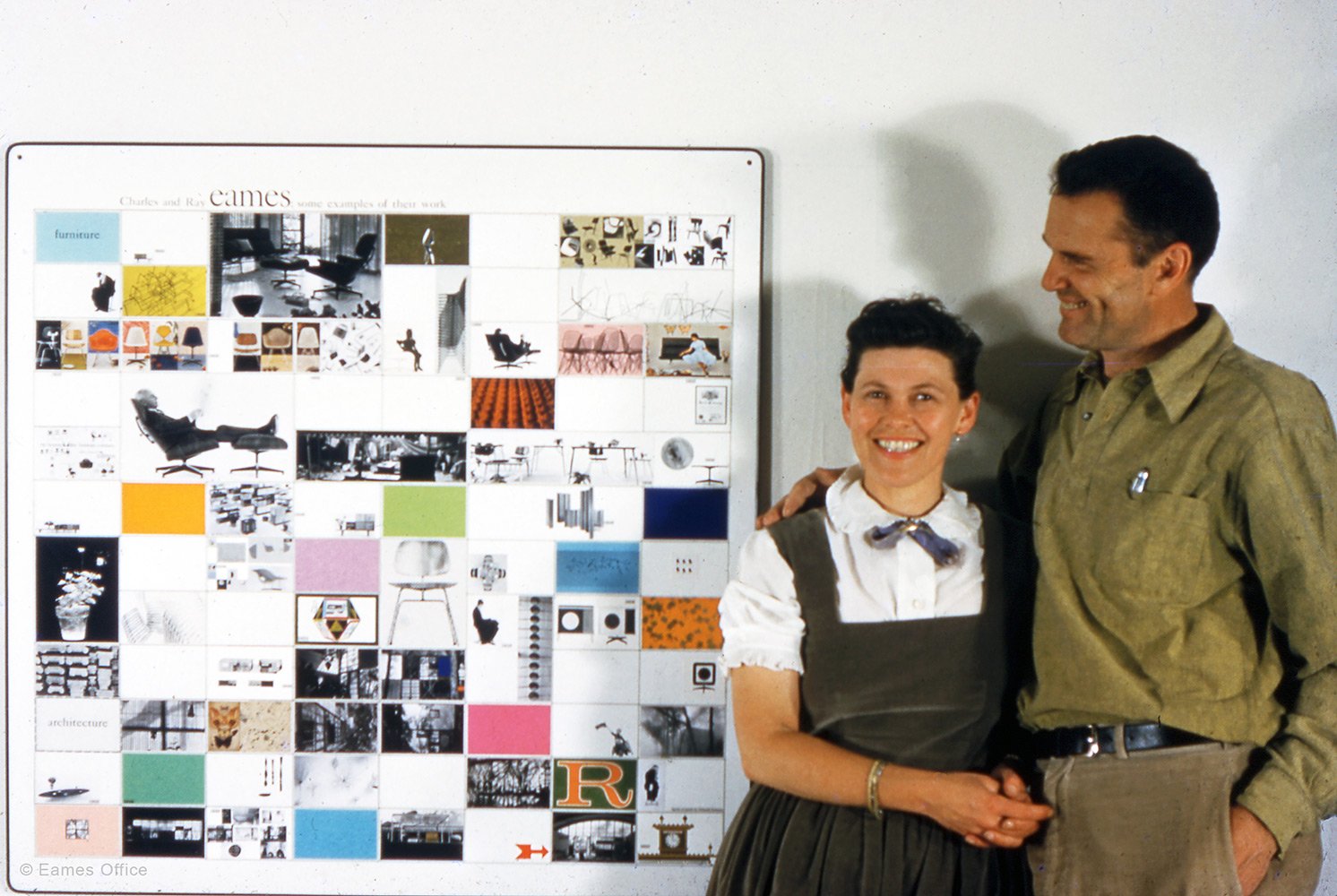
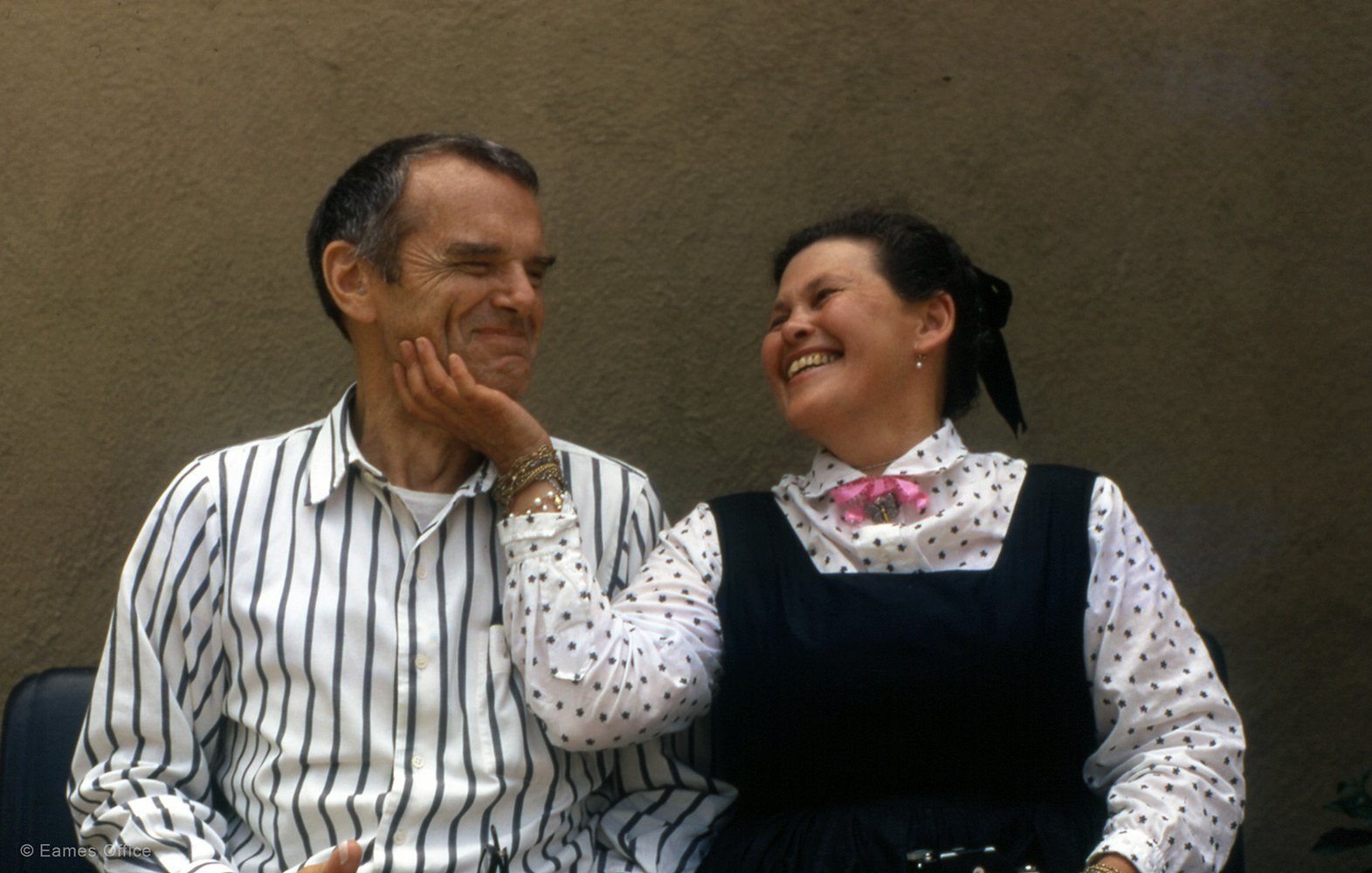
Life After Charles
Ray continued the work of the Eames Office for a few years after Charles’s passing in 1978. Ultimately, she closed the active office and focused on securing the Eames Office’s legacy for future generations to draw inspiration. Ray donated 1.5 million two-dimensional objects (including 750,000 prints and photographs) to the Library of Congress, wrote an encyclopedic volume of the Eames Office’s varied projects, lectured, and continued to welcome visitors and student groups graciously to the Eames House. On the tenth anniversary of Charles’s passing, Ray left as well.
“Man is an entity in a universe and he is striving to find order in himself in relation to that universe…we desire a perfect understanding—a perfect balance—a full rightness in life.”
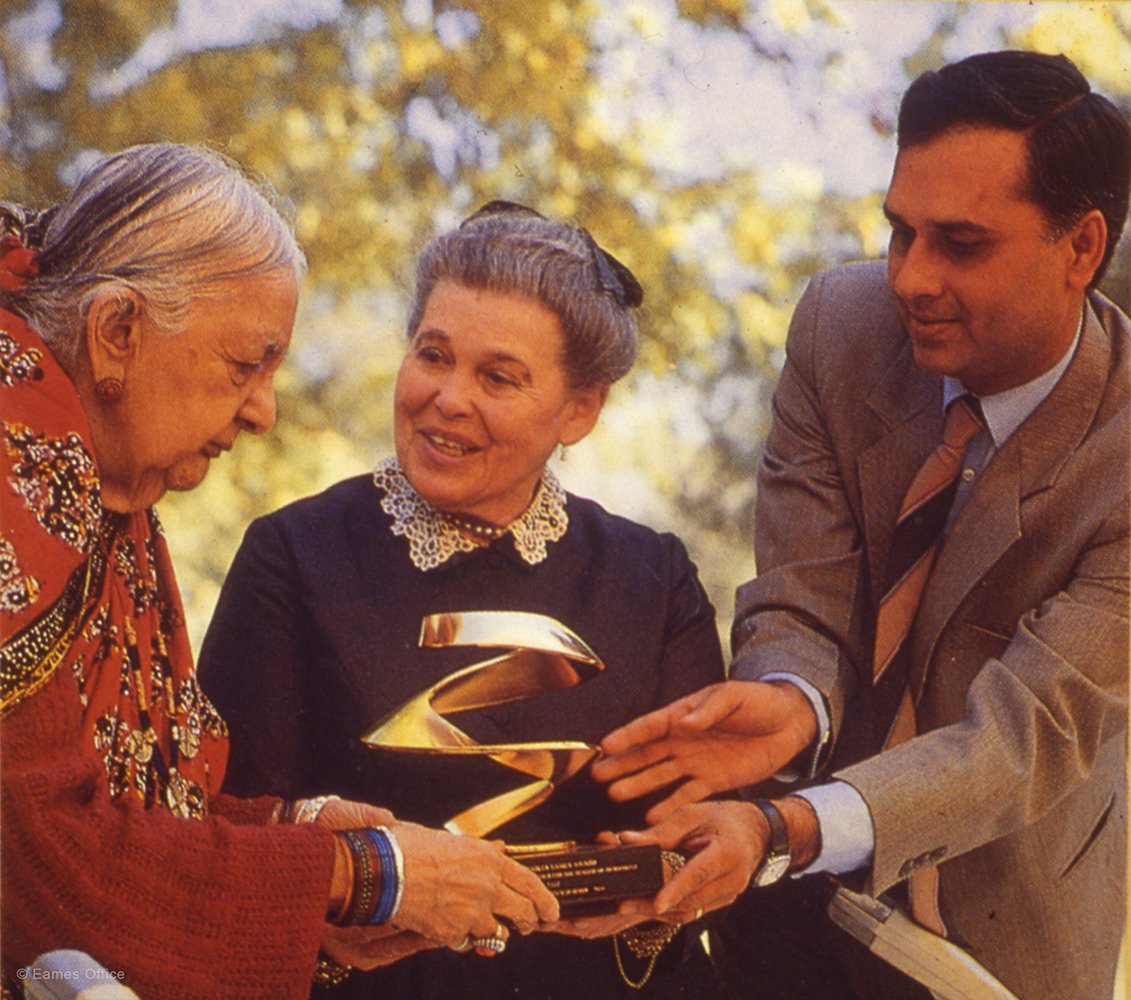
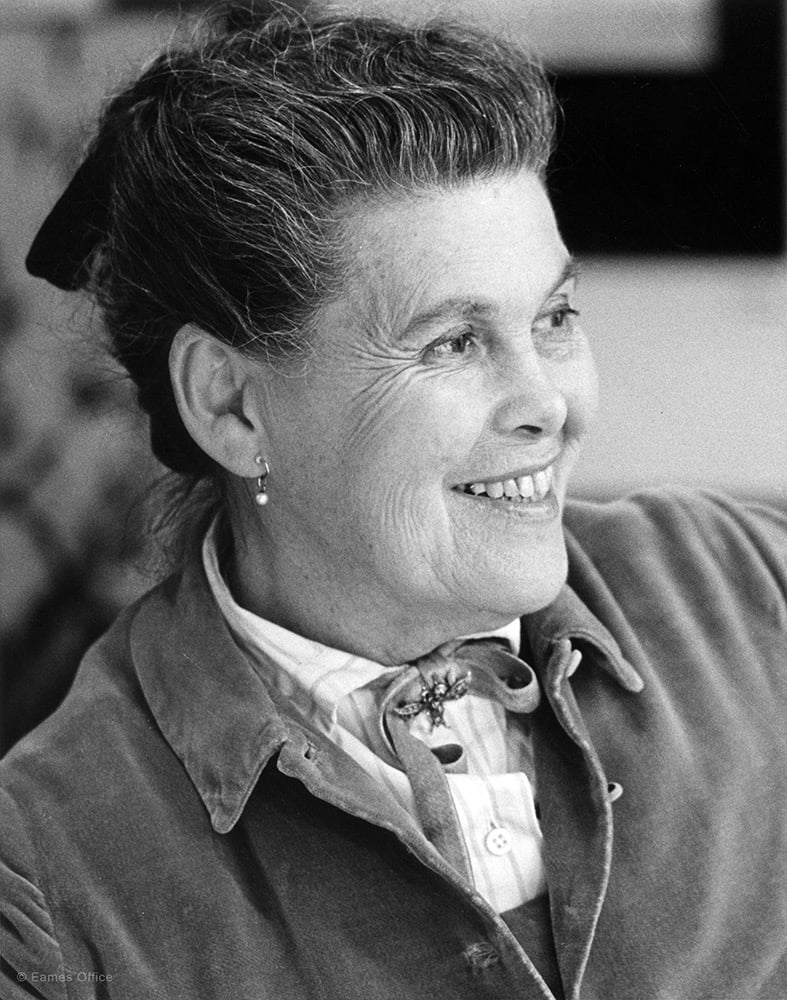
Life After Ray
From 1988 onward, the dedicated Eames family and Eames Office staff have continued the operations and remembrance of Charles and Ray’s livelihood. Today, this legacy is easily identified in a few of the Eames Office’s most monumental projects: the Eames House, the Eames Lounge Chair and Ottoman, and the film Powers of Ten. As individuals and as a couple, Charles and Ray continue to be cited as an inspiration to others—from musicians to astronomers to technological innovators.
